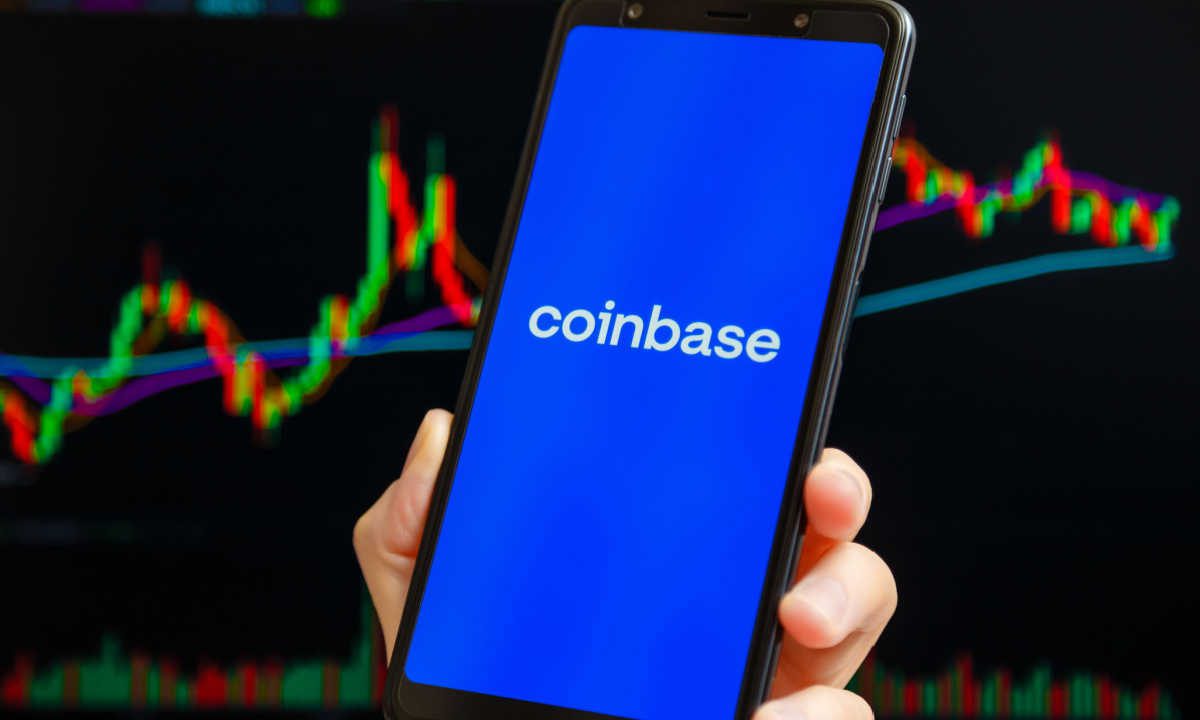
The Coinbase exchange suffered what it called a “major outage” that left customers unable to handle payments and withdrawals with U.S. bank accounts on Sunday (Oct. 2).
It’s worth noting mostly because of the history that crypto exchanges, particularly Coinbase, have with going down at precisely the wrong moment. A slowdown or halt when prices are collapsing or spiking can be disastrous, given that swings of 5% to 10% within a few hours aren’t unusual, even for bitcoin and ether.
The Oct. 2 outage, which lasted about four hours and had to do with the automated clearinghouse network, was mainly an inconvenience. But crypto has had a problem with trading spikes for years — notably during stronger markets.
Take Jan. 10, 2001. In the space of five hours, the price of bitcoin dropped from more than $41,000 to less than $32,000 — roughly 22%, and in dollar terms its biggest drop ever.
The headline the next day in industry news outlet Decrypt was, “Here’s Why Coinbase Keeps Going Down During Bitcoin Rallies.” The reason — and it didn’t apply just to Coinbase — was that having the server capacity to handle spikes of that size standing by can be too expensive.
To be fair, Coinbase and other top exchanges have been investing heavily in their systems. And outages aren’t always their fault: In December of that year, Coinbase, global top exchange Binance and a number of decentralized exchanges went down they said was caused by an Amazon Web Services (AWS) cloud outage.
And Kraken, Gemini and Binance all had trouble during a July 2021 price crash caused by a Chinese crackdown on crypto.
But users are never amused. In June 2020, an outage during a price spike cause Coinbase to suffer a record number of withdrawals.
What’s Next
But here’s why it really matters: In the last year, trading volume dropped considerably across the board as crypto winter set in and prices lost a good deal of volatility. Coinbase — the only publicly listed exchange, and thus the source of the best numbers — blamed the lack of volatility for a crash in revenue and profits in its first-quarter earnings report this May.
The problem was that people weren’t buying or selling as much, and so paid far fewer fees. Investors sent its share price down 15%.
See: Coinbase May Be Unfazed By 80% Drop, but Investors Are Clearly Shaken
But the crypto market will — we assume, at least — bounce back at some point, especially as the number of people who have invested jumped dramatically in 2021 and early 2022 as PYMNTS crypto consumer study noted. The percentage of American consumers who had bought, sold or held crypto in the previous 12 months jumped to 23% — almost 60 million.
Besides that, decentralized finance, non-fungible tokens (NFTs) and bitcoin’s big price spike and collapse at the end of last year led to a lot more coverage. When bitcoin tumbles, you hear it on CNBC and Bloomberg, not just crypto industry sources. There are a lot more people to stampede when volatility returns.
Besides, crypto derivatives trading is growing substantially, and a number of top retail exchanges are starting to offer them. And these futures are a prime place where crashes hit hard as investors get margin calls that have to be answered quickly. Downtime can magnify forced sales that cause big losses.
Which is to say, when crypto comes back, there will likely be a lot more people playing the market, and a reputation for crashed that happens in the future could be a far bigger problem for confidence in the whole industry.
For all PYMNTS crypto coverage, subscribe to the daily Crypto Newsletter.